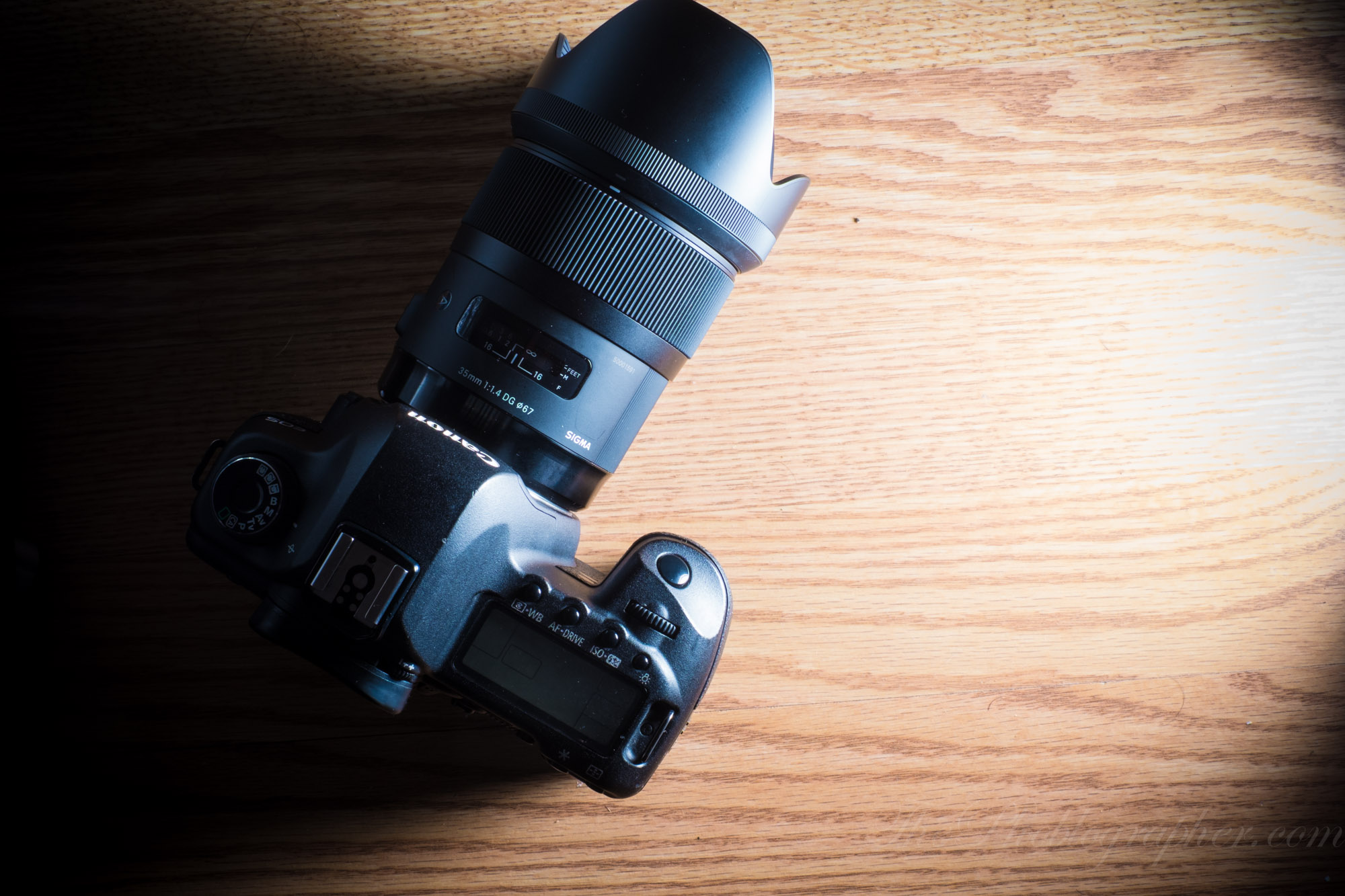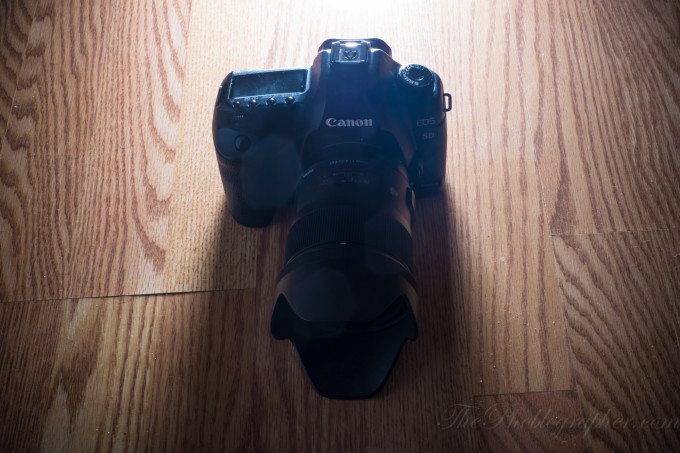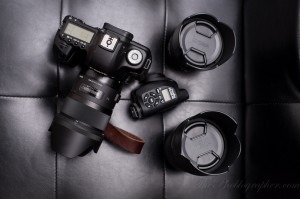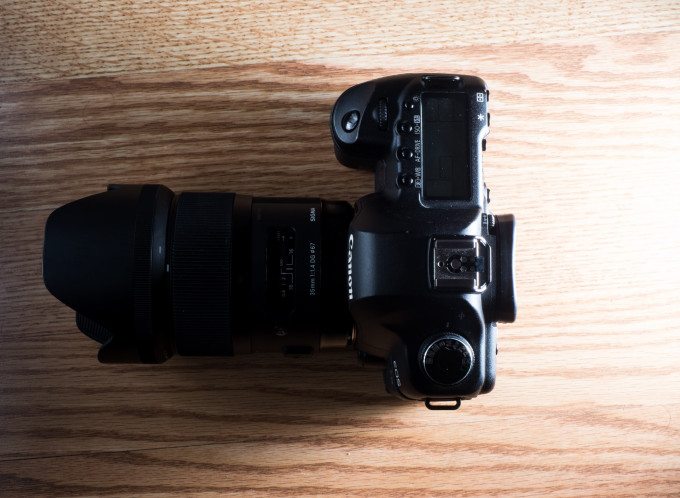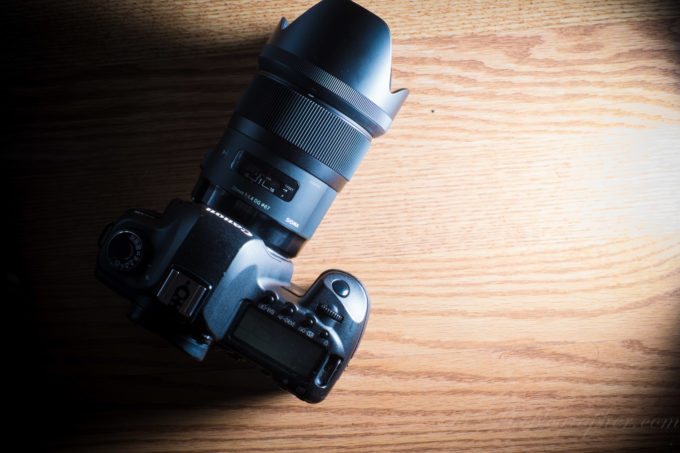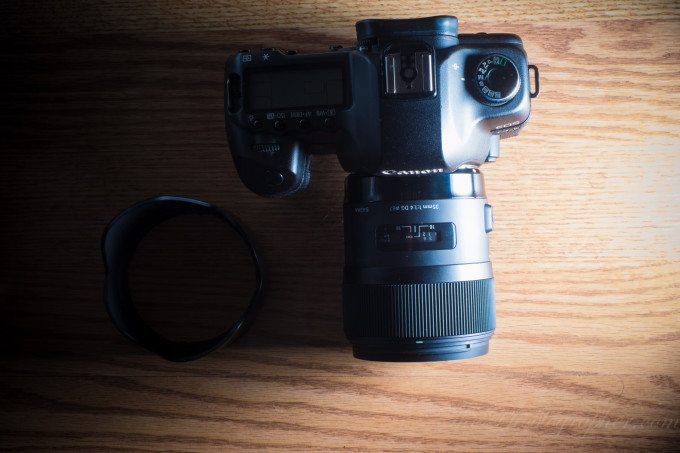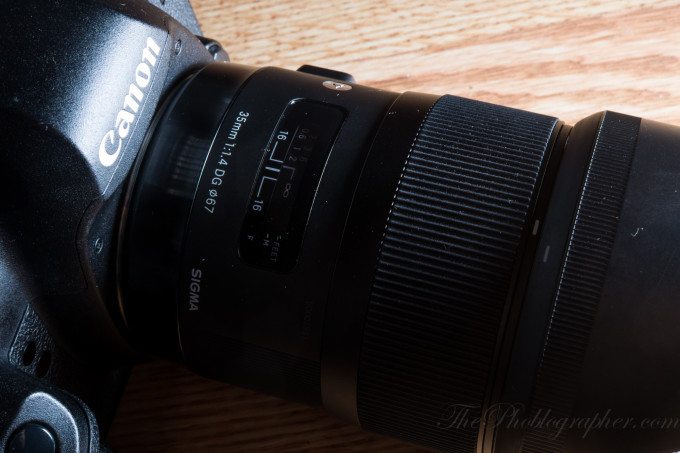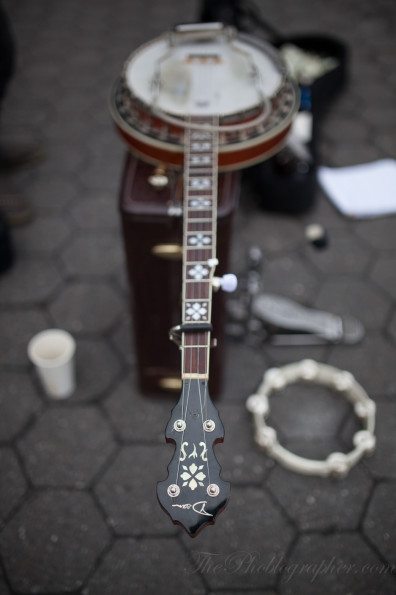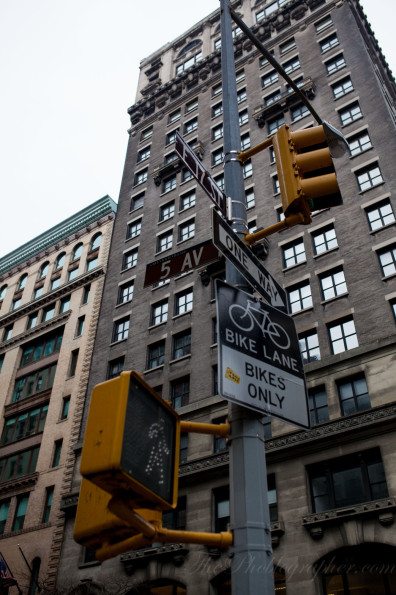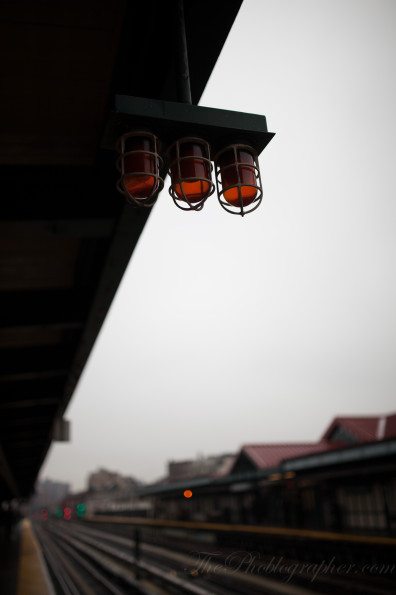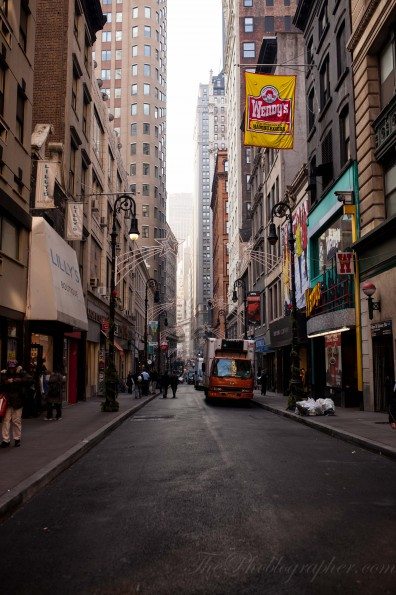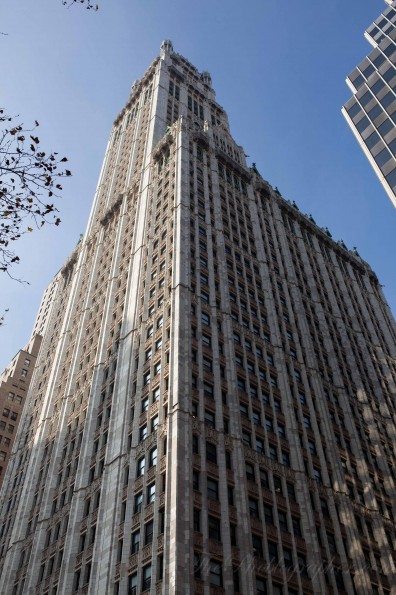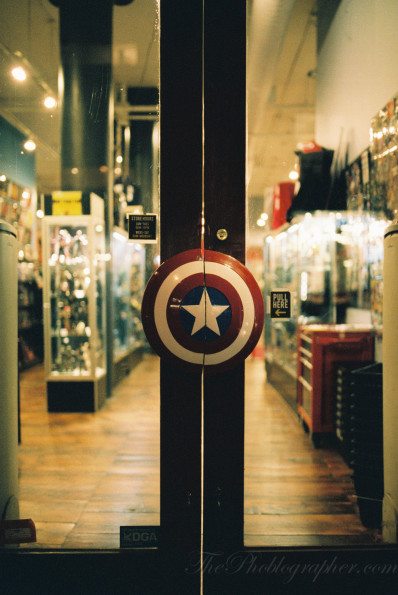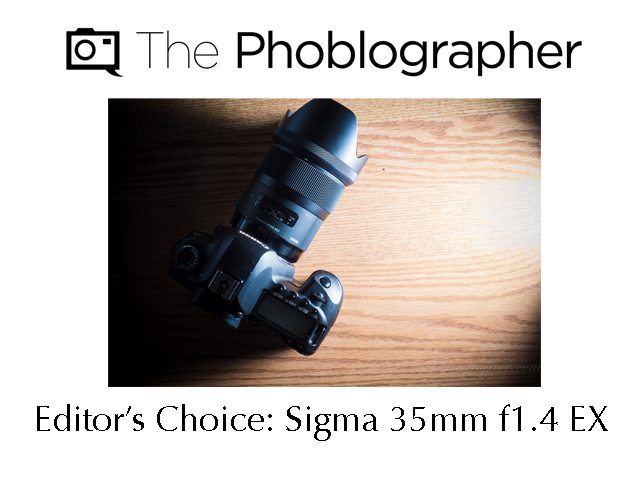Last Updated on 05/09/2013 by Chris Gampat
A while back, we completed our first impressions of the Sigma 35mm f1.4 DG; and the lens swayed me to switch over my entire system to Sigma. We’ve taken a little longer with the review than other publications have for a very good reason. First off, we sent the lens to Sigma to ensure that it was properly calibrated. The results that we were getting were stellar; but perhaps there was some magic in the elements that we weren’t totally seeing. The lens came back in a matter of two days: which tells me that everything was stellar and working fine.
But then we tried something else: we put the lens on a film camera and tried it with Fuji Pro 400H.
So how did it all work out?
Pros and Cons
Pros
– Very affordable
– Extremely sharp
– Fast focusing
– Stellar build quality
Cons
– May need some micro adjustment out of the box
– No weather sealing
Gear Used
For this review, we used the Sigma 35mm f1.4 DG with the Canon 5D Mk II
Tech Specs
Specs taken from the B&H Photo Video listing
| Features | |
|---|---|
| Image Stabilization | No |
| Autofocus | Yes |
| Physical | |
|---|---|
| Filter Thread | Front: 67 mm |
| Dimensions (DxL) | Approx. 3.03 x 3.70″ (7.70 x 9.40 cm) |
| Weight | 23.46 oz (665 g) |
Ergonomics
The Sigma 35mm f1.4 DG is a fairly large lens; but still right about on par with the size of the Canon 35mm f1.4 LUSM. The lens hood doesn’t make the package any smaller.
Sigma’s 35mm f1.4 is characterized by lots of minimalistic space with the exception of the focusing ring, focusing switch, and depth of field scale/focusing distance scale. Part of this minimalism is emphasized by the overall elegant design that we will get into more later.
Without the hood on, the lens becomes a smaller package; quite a bit smaller. The lens also feels more manageable in your hand when the hood is off. Despite this, we encourage everyone to use the included hood for protection.
Sigma put a depth of field scale on the lens; though I really don’t know why. The depth of field scale is nearly useless for zone focusing. It would’ve been a nicer touch if there was a working and efficient scale. However, this lens was very much designed for autofocusing; and it does a good job in that regard.
Build Quality
The 35mm f1.4 feels as if the exterior was made from metal; but indeed it wasn’t. It’s a hard plastic that just feels very Zeiss and Hasselblad like. The Germans must be shaking in their boots with the introduction of this lens.
This lens has survived the normal tumble and tussle that is my camera bag and my commutes on the NYC subway system and across New York. It even travelled with me to Vegas for CES 2013; and had no problems with the TSA’s rough housing.
Alas, it would’ve been nicer if there was weather sealing.
Autofocus
Put this lens on the Canon 5D Mk II and it will focus just as fast as Canon’s own 35mm f1.4 L USM. And what about Canon’s later DSLR models? We experienced the same performance. This lens autofocuses very quickly; and it isn’t physically possible for a 35mm f1.4 of this quality to focus faster.
Of course, there are still faster focusing lenses out there in production.
When tested on our Canon EOS Elan 7, the lens still focused extremely quickly.
Ease of Use
Sigma’s 35mm f1.4 DG was designed for use in autofocus. So with that said, all one needs to do is point and shoot. Want to focus this lens manually? Then you’ll need to either have a camera with a bright 100% viewfinder (like the 5D Mk III) or switch to Live View mode. If you’re a videographer, we’re sure you’ll be doing the latter.
The other alternative: a new focusing screen designed for manually focusing a lens.
In our tests, this lens was even fast enough for most street photography situations. But for the best performance we’d recommend using a newer camera body or stopping down providing that you’re using an older camera.
Image Quality
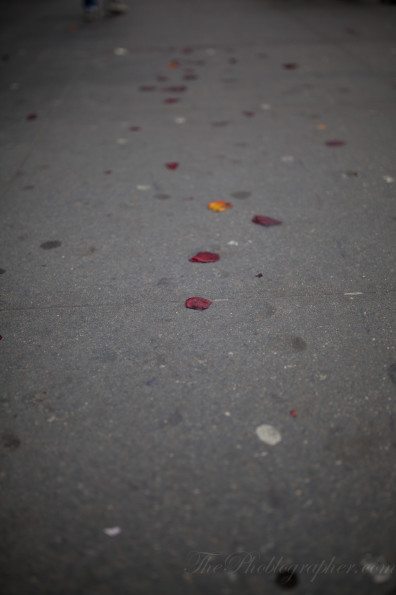 This lens vignettes quite a bit when shot wide open; but like Zeiss lenses, it adds to the look. The photos have an almost medium format quality to them that is positively jaw dropping.
This lens vignettes quite a bit when shot wide open; but like Zeiss lenses, it adds to the look. The photos have an almost medium format quality to them that is positively jaw dropping.
At around, f3.5, you’ll see nearly no signs of vignetting at all. When put against Canon’s 35mm f1.4, the lens vignettes quite a bit more but has major points going for it in other areas. At some points in the review, we felt that the hood sometimes made it worse.
Of course, we need to state that vignetting can be easily removed in Adobe Lightroom 4; so get yourself a copy and stop bitching!
The bokeh quality from the lens is also really quite creamy. Again, something about it almost reminds me of Mamiya or Bronica lenses that have some beautiful bokeh to them. Because of the fact that there is no micro-contrast in this lens, you won’t see your subject popping out from the bokeh as much as you would on a Zeiss or Leica lens.
Wedding photographers, photojournalists, and event photographers are the ones that would do best with this lens besides the obvious street photographer legion out there. 35mm is such a classic focal length and I personally believe it to mimic my field of view much more than 50mm.
If you’re going to purchase this lens, we recommend micro adjusting/AF-Fine tuning it just in case. Though Sigma’s quality control has improved drastically, it can’t hurt to do this with any lens. That way, you can see just how much sharper your lens can be in real life use.
Sharpness
The Sigma 35mm f1.4 DG is extremely sharp wide open; to date it is the sharpest 35mm lens that we’ve seen sans the Zeiss 35mm which doesn’t feature autofocus.
Though it is sharp wide open, it reaches its sweet spot at around f5.6 and then begins to taper off.
Color Fringing
You won’t really see any color fringing from this lens unless you’re looking at your images at 100% and really looking for it. Even then, it is just purple fringing that you’ll see in the high contrast areas. Thankfully, there is no green fringing or anything else like that.
Distortion
We didn’t see a whole heap of distortion in this lens. In fact, it controls it quite well overall throughout the frame.
Vs the Canon 35mm f1.4
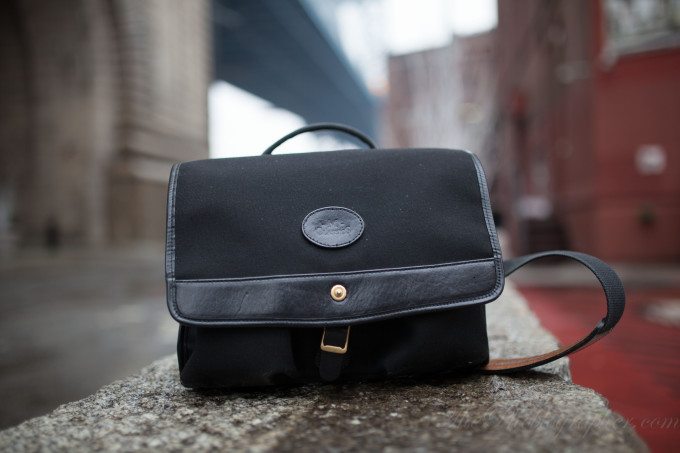
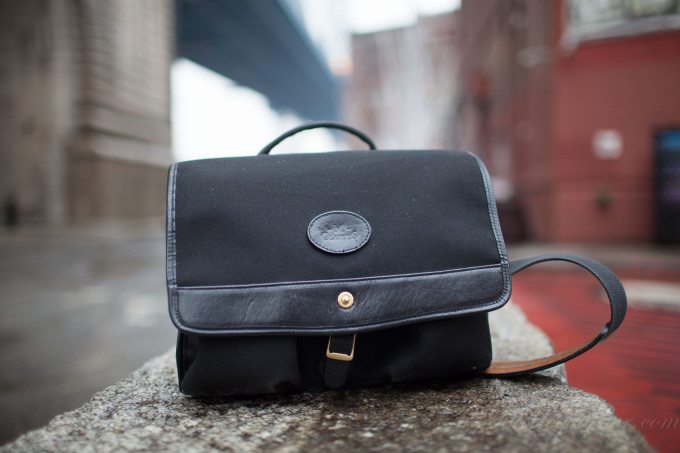
Both of the images above were shot wide open and focused on the same area and also shot at the same exposure (hence the exposures being slightly off). The Sigma is a tad sharper than the Canon 35mm f1.4 L and also is characterized by smoother bokeh.
Extra Image Samples
In Use with Film
We tested this lens with Fujifilm 400H film. Overall, it gave us quite a nice look. However, we have to admit that we probably should’ve tested it with something a bit more fine grain. With that said, that doesn’t mean that the results we got were bad at all. But on film, there is nothing specifically about it that says, “This is a Sigma lens.” Indeed, I personally feel that it may be better for digital but I’m willing to try it out with another film sometime sooner or later.
Here are some more images shot on film.
Conclusions
Overall, we can’t really say anything very terrible about the Sigma 35mm f1.4 DG. Even though it doesn’t have weather sealing, there are options out there that can do this for you. Otherwise, it has a wonderful build quality, eye-popping image quality, and is a relative speed demon when it comes to focusing.
For quite a while, I loved my Canon 35mm f1.4 L USM. But after some time, I started to believe that the company needed to update it with sharper optics. In my opinion though, they’re taking a bit too long and when I used the new 24-70mm f2.8, I was very disappointed. With that said, Sigma offers users not only a better and more affordable option, but one that you’ll end up proudly carrying around with you all the time.
This lens gets our Editor’s Choice award and our highest recommendations for DSLR users.
Please Support The Phoblographer
We love to bring you guys the latest and greatest news and gear related stuff. However, we can’t keep doing that unless we have your continued support. If you would like to purchase any of the items mentioned, please do so by clicking our links first and then purchasing the items as we then get a small portion of the sale to help run the website.


